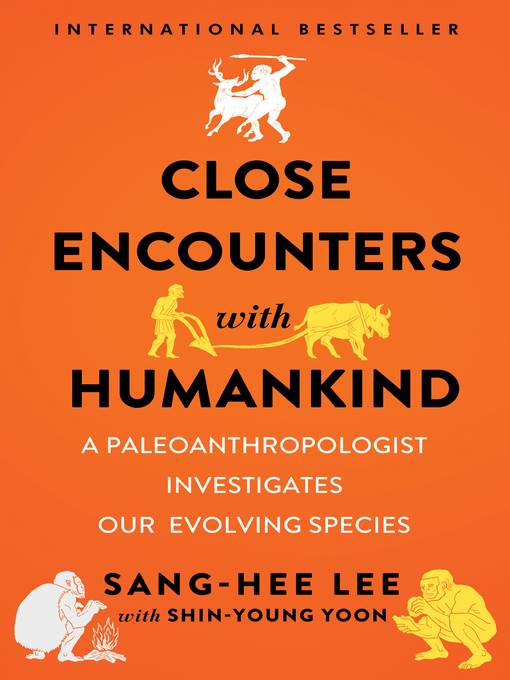
Close Encounters with Humankind
A Paleoanthropologist Investigates Our Evolving Species
کتاب های مرتبط
- اطلاعات
- نقد و بررسی
- دیدگاه کاربران
نقد و بررسی

October 1, 2017
Billed as Korea's first paleoanthropologist and currently a professor of anthropology and an associate dean at the University of California, Riverside, Lee uses quick-take chapters and a congenial tone to give us an overview of what paleoanthropology has discovered and how it works. The book began as a series of articles in a leading Korean science magazine, became a best seller, and is currently used in Korea as a teaching tool on many levels. Think of it as visiting some really old friends.
Copyright 2017 Library Journal, LLC Used with permission.

November 20, 2017
Lee, professor of anthropology at the University of California, Riverside, approaches an array of topics in the field of human evolution with candor, clarity, and brevity. Among her subjects are the role “social childbirth” plays in “the true beginnings of humanity,” whether early humans came out of Africa or Asia, and the factors that “led to the unique human model of family.” The ways that the science of human evolution is evolving alongside technological innovations and new fossil finds thematically links the book’s discrete topics. Lee’s research offers insights into current debates and also reveals new findings; for example, data regarding burial practices shows that humans began to live long enough to witness the births of their grandchildren only 30,000 years ago, in the European Upper Paleolithic—not some two million years ago as previously thought. Lee does not go in-depth on any particular topic, though she provides some interesting narrative details, particularly her hair-raising near encounter with the yakuza while trying to authenticate the missing remains of the “Peking Man.” Though specialists might grimace at Lee’s lack of nuance, lay readers will be grateful for her straightforward work. Illus.

Starred review from December 15, 2017
An exceptionally reader-friendly introduction to human evolution.Lee (Anthropology/Univ. of California, Riverside) bases her book largely on a series of essays published simultaneously in a Korean newspaper and science magazine for the general public. To engage the widest general audience, the author writes in a refreshingly conversational style, eschewing the jargon of paleoanthropology so that the topics are "understandable to someone without a background in" the discipline. Because of their origin as separate essays, there is some repetition in chapters, but this is minimal and often adds to the clarity of the subject being discussed. Chapter titles reflect the tone of the essays--e.g., "Big-Brained Babies Give Moms Big Grief," "Granny Is an Artist," "Got Milk?" and "A Gene for Snow White." The approach is not chronological, so chapters can be read in any order, and they often begin with a question or an anecdote. Many chapters conclude with a brief section labeled "Extra," which brings a fresh perspective such as an update or a personal note. The author introduces readers to both the knowns and the unknowns, controversial issues that plague scientists trying to untangle these roots. How do the Neanderthals and the Denisovans fit in, and what about the tiny Hobbit-like hominins who lived in Indonesia thousands of years ago? There is some humor here but no flippancy. Lee demonstrates clearly how research continues to add to our understanding of the complex roots of human origins, roots that "are becoming more complicated and tangled than we ever thought before." As the author notes, "humanity did not agonize over the best long-term course development. We proceeded by making the best decision possible at that moment, within our specific environment." Full-page black-and-white illustrations of tools, fossils, and locations add to the book's appeal.Highly accessible, consistently interesting popular science writing.
COPYRIGHT(2017) Kirkus Reviews, ALL RIGHTS RESERVED.

























دیدگاه کاربران